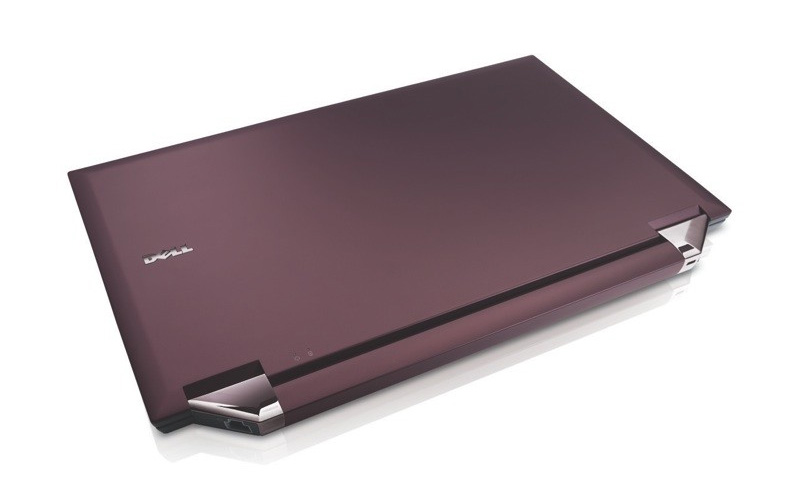
Apple has announced it will begin shipping Mac OS X 10.5 “Leopard” on Friday, October 26 for $129. Mac OS X 10.5 was originally slated to ship earlier in 2007, but last April the company delayed the release until October after shifting developers and resources to its high-profile iPhone. Apple has also announced it will be shipping Mac OS X 10.5 Server (a.k.a. Leopard Server) on October 26.
As with previous released of Mac OS X, Apple will not be offering upgrade pricing for Leopard—$129 is the price everyone will pay, although a $199 five-user “Family Pack” will also be available. Customers who purchased a new Mac on or after October 1, 2007 will be eligible to receive Mac OS X 10.5 Leopard for a $9.95 shipping and handling fee. Leopard Server is priced at $499 for a 10-client edition and $999 for unlimited-client edition.
“Leopard, the sixth major release of Mac OS X, is the best upgrade we’ve ever released,” said Apple CEO Steve Jobs in a statement. “And everyone gets the ‘Ultimate’ version, packed with all the new innovative features, for just $129.”
Leopard offers Mac OS X users a host of new features, including a reworked Finder with an iTunes-like interface and a 3D Dock, file organization using “Stacks,” an iTunes-like Cover Flow view of files, and a new Quick Look feature that enables users to examine the contents of most common file types without launching a separate application. Leopard also features an integrated backup system (Time Machine) which lets users take their Macs “back in time” to a particular point, or just go back to get an older version of a particular file, and “Spaces,” a sort of virtual desktop feature which enables users to organize windows and applications into discrete onscreen groups. Leopard also includes a final release of Apple’s Boot Camp technology which enables users of Intel-based Macs to boot into Windows (note that beta versions of Boot Camp which have been available for Mac OS X 10.4 Tiger technically expire when Leopard is released). Leopard also features updates to Mac OS X applications and features like Mail (with RSS support), iChat, Front Row, Dashboard, and Spotlight.
Mac OS X 10.5 Leopard also comes with some controversial design choices. For one thing, Leopard drops all support for “Classic,” a compatibility layer which enabled owners of PowerPC-based Macs run software designed for Mac OS 9 or even earlier versions of the Macintosh operating system. Users who depend on older Mac OS software will either not be able to upgrade to Leopard, or will face significant additional costs to migrate to Mac OS X native version of needed applications—and, in many cases, Mac OS X equivalents simply don’t exist. However, owners of Apple’ more-recent Intel-based Macintosh systems have never been able to run Classic anyway.
Mac OS X 10.5 requires an Mac with an Intel processor or PowerPC G4 or G5 processor, and at least 512 MB of RAM.


